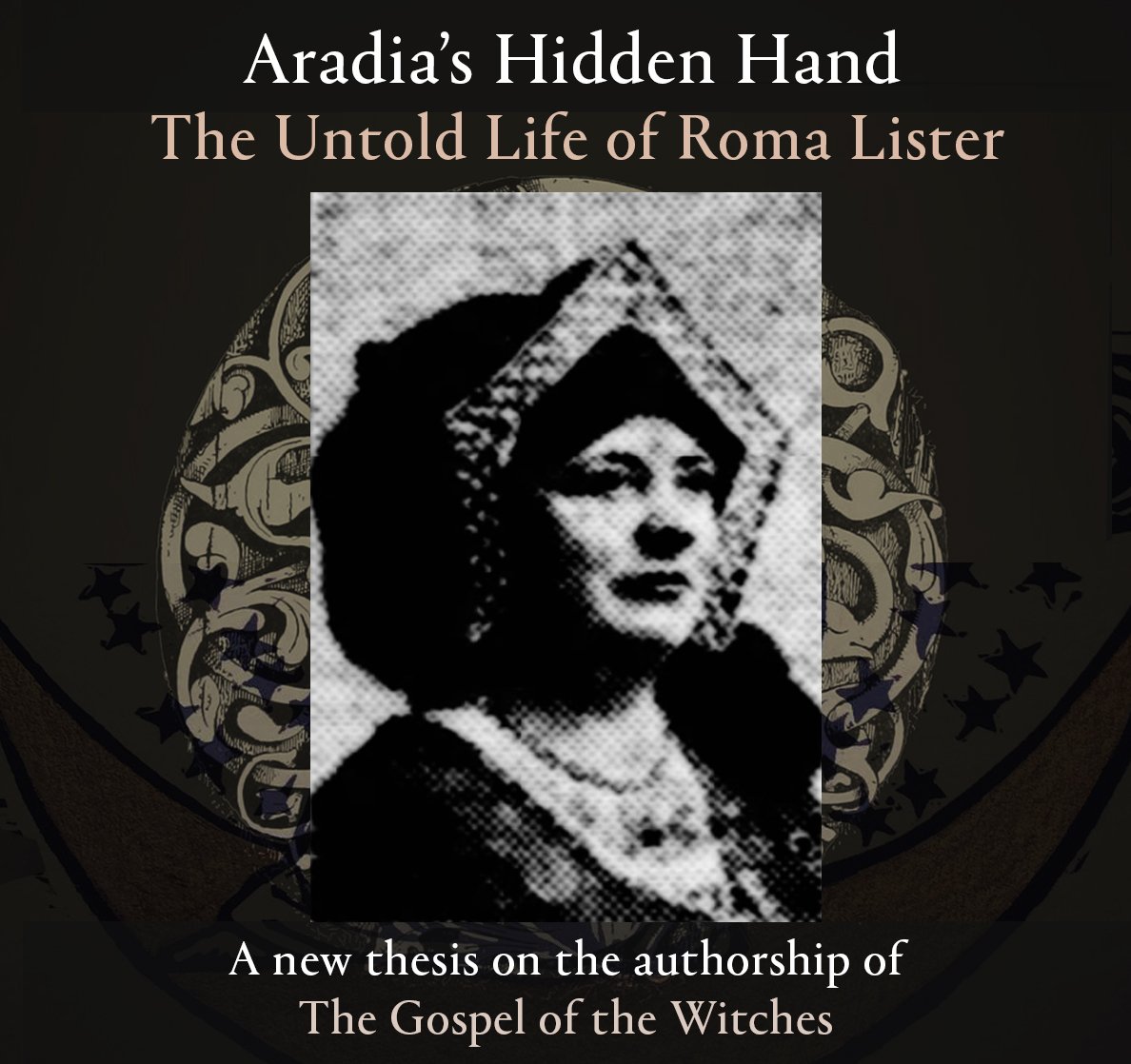
Aradia, or the Gospel of the Witches: Unveiling a collaborative authorship
Aradia, or the Gospel of the Witches has long been regarded as a seminal text in the study of witchcraft, folklore, and the history of Paganism. The book was published in 1899 by Charles Godfrey Leland, an American folklorist and writer known for his work on American and European languages and folk traditions. The manuscript had a huge influence in the development of modern witchcraft and is often portrayed as a collection of ancient Italian witchcraft rituals and beliefs, purportedly passed down by a secretive witchcraft tradition in Tuscany. In his upcoming book Aradia’s Hidden Hand: The Untold Life of Roma Lister, Doctor A.D. Manns presents never-examined archival material revealing evidence of a collaborative authorship in the composition of this iconic work, specifically involving Roma Lister, a British-Italian witch, folklorist and close friend of Leland.
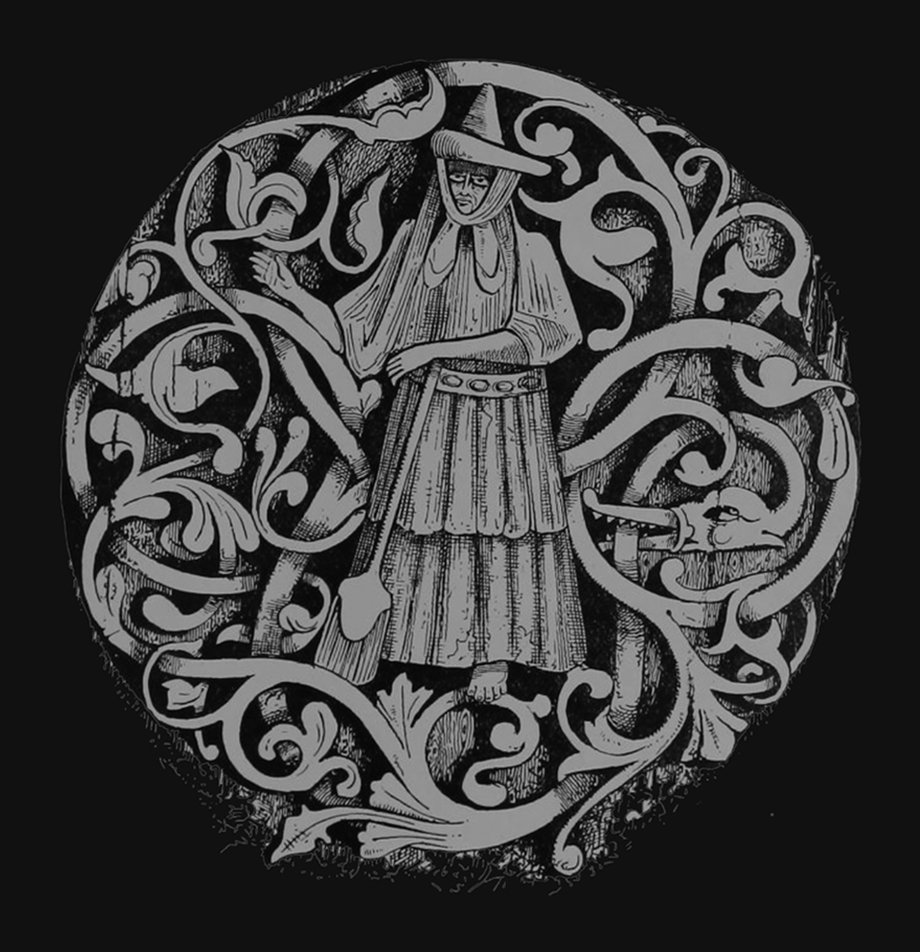
Illustration from 'Gypsy Sorcery and Fortune-Telling' by Charles G. Leland (1891)
Aradia: The Authorship Debate
During his long residence in Florence, Italy, Charles Godfrey Leland befriended “Maddalena,” a fortune-teller and storyteller. Maddalena quickly introduced Leland to the secrets of Italian witchcraft, and Leland himself felt that he was being led into “a strange forest” of witches, shadows, and faded gods. Leland accordingly presented Aradia as an authentic “Scripture” of ancient pagan traditions passed down through generations of witches.
However, the circumstances surrounding the creation of Aradia have always been a topic of debate.
Most scholars today agree that Maddalena provided Leland with the original manuscript, along with a treasure trove of other spells, recipes, and folktales from magicians living in what Leland termed “La Romagna Toscana”.
Nevertheless, a sizeable amount of evidence uncovered by A.D. Manns suggests that another one of Leland’s confidantes - Roma Lister - had a significant hand in Aradia’s production.
In his upcoming book ‘Aradia’s Hidden Hand: The Untold Life of Roma Lister, A.D. Manns presents for the first time never-examined archival material indicating that Lister may well have played a more significant role in the creation of Aradia than previously acknowledged.
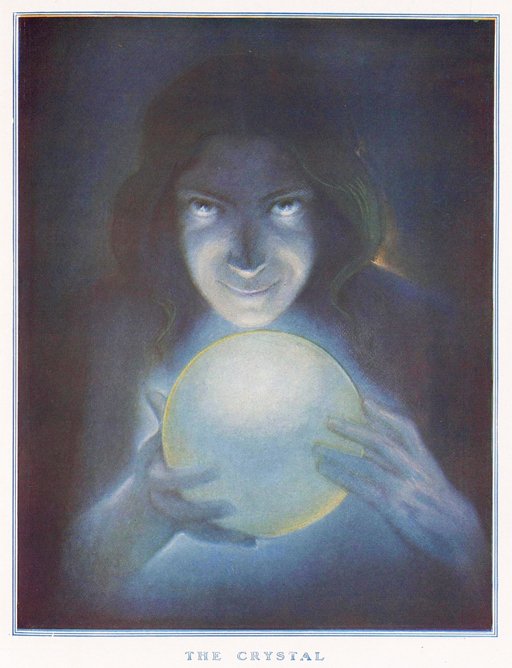
Arild Rosenkrantz (1870-1964), ‘The Crystal’, “The Tatler”, 1927
Roma Lister: The Unsung Author
Roma Lister, though not a household name in the world of witchcraft and occultism, was known for her deep involvement in the esoteric movements of the late 19th and early 20th centuries. She had strong ties to various occult circles, including those influenced by the Theosophical Society and the burgeoning Pagan revival. Lister’s personal writings, journals, and letters reflect a keen interest in witchcraft, folklore, and magical traditions, which she explored in both her personal and professional life. Her associates include a number of influential proponents of Theosophy, Spiritualism, and the Kabbalah, such as Franz Hartmann, Walburga Paget, and Annie Besant. According to Leland’s niece, Elizabeth Robins Pennell, Roma Lister was one of Leland’s closest friends during the last years of his life in Florence. She not only helped him collect folklore, but also practised magic herself. Leland often described her as his witchcraft “insider”.
In Aradia’s Hidden Hand: The Untold Life of Roma Lister, A.D. Manns presents substantial evidence for Roma Lister’s hidden co-authorship of Aradia.
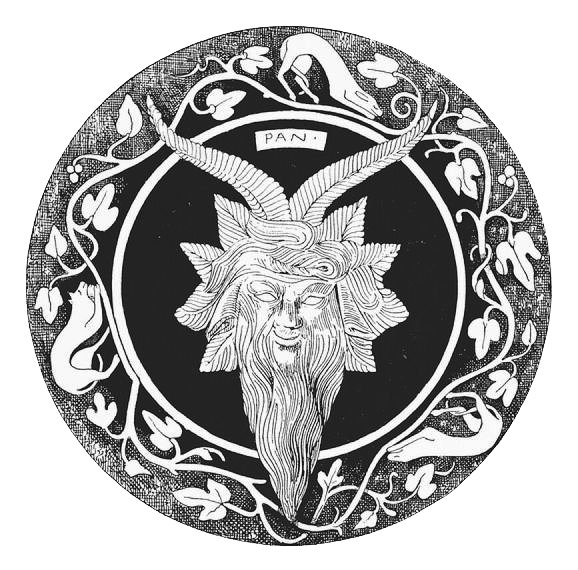
Pan - Illustration for Etruscan Roman Remains in Popular Tradition by C. G. Leland (1892)
A New Interpretation of the Text
The text blends folk magic, ritual, and social commentary, suggesting a modern understanding of witchcraft as a form of resistance against authority, social norms, and oppressive religious structures.
Lister, raised among witches, was way ahead of her time. She could be regarded as one of the first modern witches in the sense that she acted as a bridge between Italian vernacular magic and international currents of Western esotericism such as spiritualism and Theosophy. This hybridization of past and present can be seen throughout Aradia, where elements of older Italian witchcraft are interwoven with social critique and philosophical musings. In revisiting Aradia with the theory of Roma Lister’s involvement in mind, key elements of both its content and its composition accordingly take on a new significance.
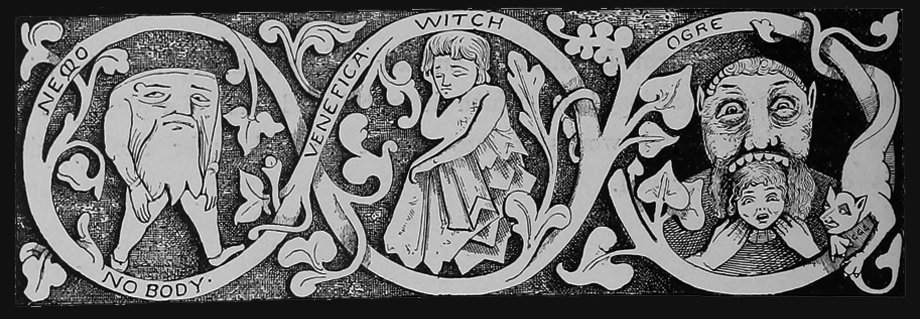
Illustration from 'Gypsy Sorcery and Fortune-Telling' by Charles G. Leland (1891)
Why This Matters
The revelation that Roma Lister may have been involved in the authorship of Aradia could reshape our understanding of the book's origins and its place in the history of witchcraft and occultism. It also offers a more nuanced view of the role women played in the formation of modern Pagan traditions, highlighting how figures like Lister, though often marginalized, were central to the development of esoteric and mystical practices.
By re-examining the authorship of Aradia, we not only bring recognition to Roma Lister’s contributions to occult literature, but we also open the door for more critical discussions about the ways in which folklore, magic, and culture intersected during a time of great social change. It challenges us to rethink the complex nature of authorship, knowledge transmission, and the role of women in the preservation and adaptation of ancient traditions.

Aradia, or the Gospel of the Witches: Unveiling a collaborative authorship
Aradia, or the Gospel of the Witches has long been regarded as a seminal text in the study of witchcraft, folklore, and the history of Paganism. The book was published in 1899 by Charles Godfrey Leland, an American folklorist and writer known for his work on American and European languages and folk traditions. The manuscript had a huge influence in the development of modern witchcraft and is often portrayed as a collection of ancient Italian witchcraft rituals and beliefs, purportedly passed down by a secretive witchcraft tradition in Tuscany. In his upcoming book Aradia’s Hidden Hand: The Untold Life of Roma Lister, Doctor A.D. Manns presents never-examined archival material revealing evidence of a collaborative authorship in the composition of this iconic work, specifically involving Roma Lister, a British-Italian witch, folklorist and close friend of Leland.

Illustration from 'Gypsy Sorcery and Fortune-Telling' by Charles G. Leland (1891)
Aradia: The Authorship Debate
During his long residence in Florence, Italy, Charles Godfrey Leland befriended “Maddalena,” a fortune-teller and storyteller. Maddalena quickly introduced Leland to the secrets of Italian witchcraft, and Leland himself felt that he was being led into “a strange forest” of witches, shadows, and faded gods. Leland accordingly presented Aradia as an authentic “Scripture” of ancient pagan traditions passed down through generations of witches.
However, the circumstances surrounding the creation of Aradia have always been a topic of debate.
Most scholars today agree that Maddalena provided Leland with the original manuscript, along with a treasure trove of other spells, recipes, and folktales from magicians living in what Leland termed “La Romagna Toscana”.
Nevertheless, a sizeable amount of evidence uncovered by A.D. Manns suggests that another one of Leland’s confidantes - Roma Lister - had a significant hand in Aradia’s production.
In his upcoming book ‘Aradia’s Hidden Hand: The Untold Life of Roma Lister, A.D. Manns presents for the first time never-examined archival material indicating that Lister may well have played a more significant role in the creation of Aradia than previously acknowledged.

Arild Rosenkrantz (1870-1964), ‘The Crystal’, “The Tatler”, 1927
Roma Lister: The Unsung Author
Roma Lister, though not a household name in the world of witchcraft and occultism, was known for her deep involvement in the esoteric movements of the late 19th and early 20th centuries. She had strong ties to various occult circles, including those influenced by the Theosophical Society and the burgeoning Pagan revival. Lister’s personal writings, journals, and letters reflect a keen interest in witchcraft, folklore, and magical traditions, which she explored in both her personal and professional life. Her associates include a number of influential proponents of Theosophy, Spiritualism, and the Kabbalah, such as Franz Hartmann, Walburga Paget, and Annie Besant. According to Leland’s niece, Elizabeth Robins Pennell, Roma Lister was one of Leland’s closest friends during the last years of his life in Florence. She not only helped him collect folklore, but also practised magic herself. Leland often described her as his witchcraft “insider”.
In Aradia’s Hidden Hand: The Untold Life of Roma Lister, A.D. Manns presents substantial evidence for Roma Lister’s hidden co-authorship of Aradia.

Pan - Illustration for Etruscan Roman Remains in Popular Tradition by C. G. Leland (1892).
A New Interpretation of the Text
The text blends folk magic, ritual, and social commentary, suggesting a modern understanding of witchcraft as a form of resistance against authority, social norms, and oppressive religious structures.
Lister, raised among witches, was way ahead of her time. She could be regarded as one of the first modern witches in the sense that she acted as a bridge between Italian vernacular magic and international currents of Western esotericism such as spiritualism and Theosophy. This hybridization of past and present can be seen throughout Aradia, where elements of older Italian witchcraft are interwoven with social critique and philosophical musings. In revisiting Aradia with the theory of Roma Lister’s involvement in mind, key elements of both its content and its composition accordingly take on a new significance.

Illustration from 'Gypsy Sorcery and Fortune-Telling' by Charles G. Leland (1891)
Why This Matters
The revelation that Roma Lister may have been involved in the authorship of Aradia could reshape our understanding of the book's origins and its place in the history of witchcraft and occultism. It also offers a more nuanced view of the role women played in the formation of modern Pagan traditions, highlighting how figures like Lister, though often marginalized, were central to the development of esoteric and mystical practices.
By re-examining the authorship of Aradia, we not only bring recognition to Roma Lister’s contributions to occult literature, but we also open the door for more critical discussions about the ways in which folklore, magic, and culture intersected during a time of great social change. It challenges us to rethink the complex nature of authorship, knowledge transmission, and the role of women in the preservation and adaptation of ancient traditions.
